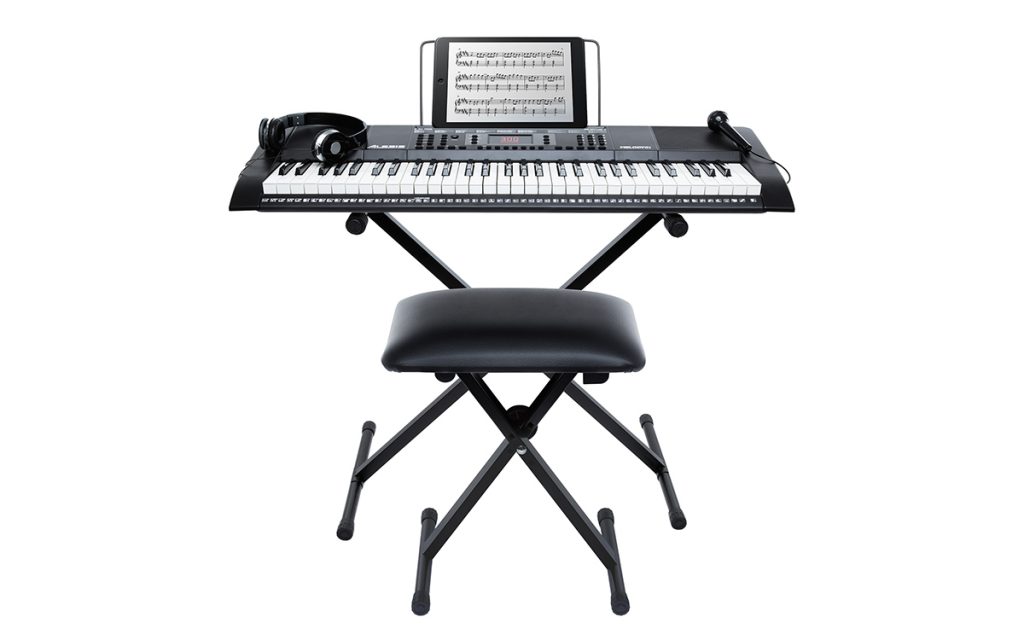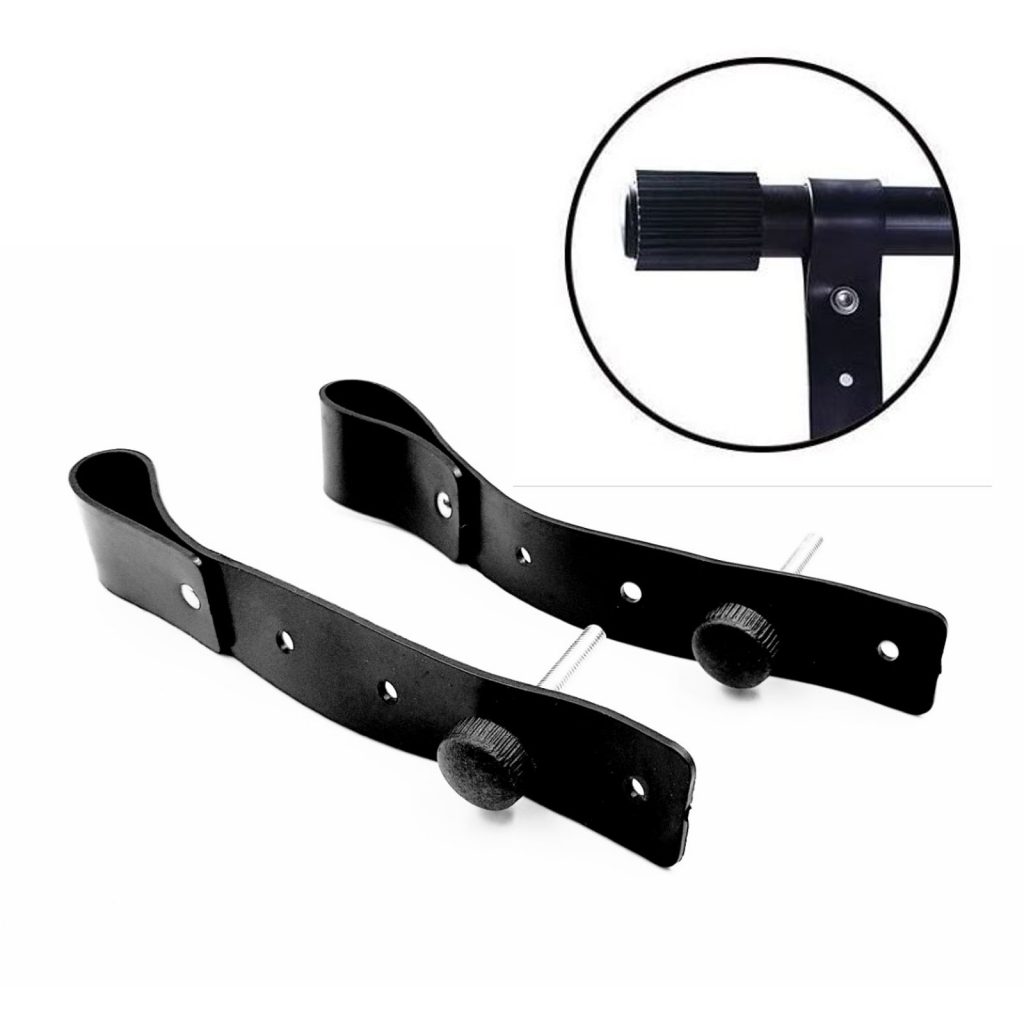Anchoring a digital piano to the wall is an excellent way to protect your investment. If you have a 200 pound digital piano, you need 1000 pounds of anchor points to anchor it properly.
You can anchor a digital piano to the wall in one of two ways. The first is by using the supplied bracket that comes with your purchase and screwing it into the wall studs.
This will work for most installations. But if you have an oddly shaped room or are installing near a window, then you’ll need to anchor it another way.
The following are some tips for anchoring your digital piano:
- If you are anchoring near a corner, ensure the anchors reach past both walls. You’ll probably need to use larger wall anchors in this case.
- Make sure that your piano is completely leveled before installing anchor points on any wall or window sill for support. This will prevent it from slipping down after installation.
- To install brackets around corners, measure out equally across the space where you want to mount them and mark with tape. This will make them easy to find when drilling into place without hitting existing studs or electrical wiring. The best way of determining if you can anchor an object properly is by testing its weight using simple math calculations. Weight should equal five times greater than itself. Of course, every digital piano is different, so consult your manufacturer’s manual to determine the best way of anchoring yours.
- You can also use some larger screws or bolts if you’re having problems with getting wall anchors into place for whatever reason. This option will typically offer better support than just using regular drywall nails. It may also be necessary for certain situations where the studs are too far apart on either side of a window or corner space.
- If you’d rather not do all this math yourself, there are plenty of apps available online that make it easy by calculating everything out for you. Just input your data like size and weight and these great tools provide detailed instructions about what type of screws or nails to use, how many you’ll need, and more.
- If your digital piano is extremely heavy (i.e., 300 pounds), it might be wise to consult a professional contractor before attempting this project yourself. It’s better safe than sorry!
How to Secure Keyboard to Stand

There are many different types of keyboard stands available, and they all come with a variety of options. You can anchor most keyboards to the floor by using heavy-duty bolts that go through the bottom panel of the piano directly into metal or concrete floors.
Other models may have built-in brackets to make it easier for you to anchor your stand securely in place without any drilling required.
Keyboard stands tend to be sturdy because most are made using steel tubing. This tends to be difficult but not impossible to bend if you apply force from certain angles.
However, over time metal will yield. So, take care when adding weight on top or moving your stand about regularly. Another option would be purchasing an adjustable height base that has integrated wheels. This will make it easy for you to move around as needed.
Here are some of the steps you need to take to secure the keyboard to stand:
- Use anchors or bolts to secure the stand to the floor, wall, or cabinets.
- Place heavy objects on top of your keyboard stand when it is not in use.
- If you have an adjustable height base that has built-in wheels please ensure you lock them into place before adding weight or moving around regularly. This will prevent any accidents from occurring if someone were to bump into it and cause unwanted movement.
What Are Keyboard Stand Straps For?

Keyboard stand straps are used to anchor a digital piano to the wall. This is important because it prevents your keyboard from falling forward if you bump into, or lean on it too hard.
It also provides additional stability for pianists who use wheels on their keyboards. So, they do not have to carry them by hand when transporting back and forth between studios or rehearsals.
Additionally, keyboard stand straps prevent a digital piano from tipping forward. This is of particular concern if you have small children around the house who might try to climb on your instrument. In this case, having strap anchors will help prevent injury should an accident happen.
Keyboard stand straps are made out of durable nylon that attaches easily to most keyboards. They do that by looping through the existing casters or glides on either side. Or back of pianos before you attach them securely on one end.
This allows you to hook them onto something sturdy such as a wall stud, which provides additional stability when anchoring a digital piano.
In some cases, people attach their weight-lifting bags to the wall with high-quality double-sided Velcro. So that they can place their keyboards on top of them, and whatever is underneath will help support it.
Alternatively, people use furniture sliders under the bottoms of digital pianos. These make it easier for musicians to move around because these little plastic discs slide easily across carpeted floors without scratching or damaging any surfaces.
ALSO READ: Are Piano Benches Necessary?
Benefits of Anchoring a Digital Piano to the Wall
Anchoring a digital piano to the wall comes with several benefits. They include:
- Learning how to anchor a digital piano to the wall helps to preventing the piano from damage due to weather conditions like rain and snow. Digital pianos are sensitive electronic devices. So, if they get wet or exposed to other external elements like cold air, it can cause them permanent damage that is costly to repair. Anchoring a digital piano prevents this problem by keeping its position firmly stuck in one place. This prevents it from harm by harsh environmental factors.
- It ensures your child does not move around with your expensive musical device because kids love moving things around. Especially, when their friends are over for playdates (playdate).
- Anchoring also reduces the chances of damages by tripping accidents, which usually happen when something gets moved without care and caution. Digital pianos are often very expensive. So, it’s crucial to avoid such situations from occurring by anchoring the piano in a position where your kids can have fun playing with their friends without worrying about causing accidents that may lead to permanent damage or even breakage of parts.
- Moving and positioning a digital piano properly takes time and care because it is a sensitive device just like any other electronic musical instrument. If done wrong, there might be problems left behind which will cause more inconvenience later on down the line. This includes malfunctions due to incorrect installation processes being applied in the first place before use. Anchoring eliminates these problems, as it enables proper positioning using screws that attach correctly to wall studs found in walls.
- Using extra wall anchors when anchoring your digital piano prevents it from getting pulled out from the wall due to an accidental tug or pull by kids. Anchoring screws enable you to reduce chances of accidents happening. And they come in different sizes depending on what kind of surface you are willing to attach it onto.
- The musical instrument might be expensive but that does not mean you can avoid taking care of its maintenance needs. That includes cleaning up spills from drinks over the instrument while playing songs for friends and family at home. Anchoring it ensures that such incidents don’t happen because the device will always stay in place. This means no accidental spills of drinks or liquids.
- Anchoring keeps it safe from possible accidents caused by careless playstyles. It enables parents to enjoy peace of mind knowing that their expensive musical instrument is safe.
- The best part about anchoring a digital piano to the wall is that it saves you time and money. This is in regards to maintenance costs, replacement parts, or repairs after accidents that involve liquids spilled over the instrument. It includes accidental damage caused by kids who may not know how much pressure to apply when moving objects around the home.
- It also protects children from tripping accidents. Which can happen due to a lack of situational awareness applied while playing on floors. This may include carpeted surfaces with movement restriction thanks to its texture (e.g., slip resistance).
Conclusion
I hope you’ve learned something about how to anchor a digital piano to the wall from this post. As you’ve seen, anchoring your keyboard to the wall is simple and comes with plenty of benefits.
Be sure to try it and see how much storage space you’ll save and how safe your piano will be.
If you have any questions or feedback regarding our post, be sure to reach out to us through email. We’ll be happy to help!



